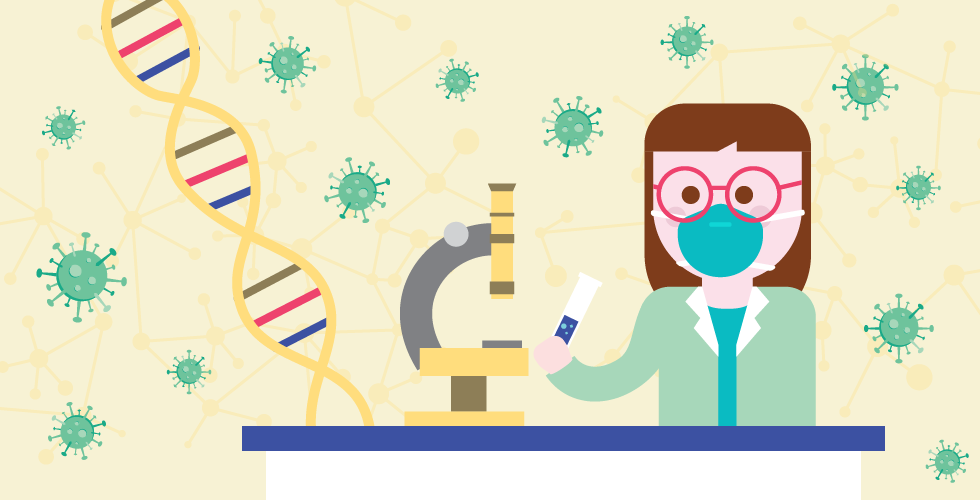As the world reels from the effects of the COVID-19 pandemic, thousands of researchers in hundreds of institutions across the world are focusing their knowledge and resources on understanding the virus and discovering a vaccine to fight it. Sharing knowledge, results and data is fundamental to this.
Open science relies on research data being findable, accessible, interoperable, and re-useable (known as the FAIR data principles) and involves the close collaboration of many stakeholders.
The European Commission (EC) is helping to channel these efforts with increased funding for various new and existing projects and initiatives rapidly formed to combat the virus. The European Bioinformatics Institute (EBI) of the European Molecular Biology Laboratory (EMBL) and the EC, together with other partners have recognised the urgency to develop and deploy a pan-European COVID-19 research data platform connected to the European Open Science Cloud (EOSC).
The partners have come together to speed up and improve, within the shortest timeframe, the sharing, storage, processing of and access to research data and metadata on the SARS-CoV-2 and COVID-19 disease. The initiative builds upon existing connectivity between EMBL-EBI infrastructure and national public health data infrastructures and is in line with the overall objectives of EOSC.
How is the GÉANT community helping?
GÉANT and its NREN partners interconnect all of the EMBL-EBI sites across Europe and beyond, providing not only high-bandwidth, low latency connectivity but a range of Authentication and Authorisation Infrastructure (AAI) services to individual projects to enable trusted access to EMBL-EBI’s data-sharing platform.
Many life sciences projects are already reliant on the ‘always-ready’ high-bandwidth connectivity and secure access services that GÉANT and its NREN partners – whose very purpose is to serve research and education in times of normality and crisis – already provide.
With new projects and initiatives forming overnight to combat the pandemic it’s reassuring that the high-speed, reliable, secure connectivity and AAI services are already in place, always ready to support science. It’s why research and education networks exist and what they are designed for.
As data-driven research becomes ever more important, the role of GÉANT and the NRENs will only get bigger.
A crisis for society. A challenge for science. Research and education networks are here to support.
Why are research and education networks so important?
National research and education networks (NRENs) and their regional counterparts (RRENs) exist to serve research and education, together providing a global, interconnected web of high-bandwidth and low-latency networks designed, engineered and funded to stay way ahead of capacity requirements. What might appear in normal times as over-engineered capacity quickly becomes a vital lifeline for society when traffic spikes simply cannot be allowed to slow the delivery of huge datasets, one of which may contain that elusive answer to a vaccine. And when thousands of scientists from hundreds of organisations are working remotely, accessing and sharing data, so a highly developed Authorisation and Authentication Infrastructure (AAI) that enables that access quickly becomes invaluable.







